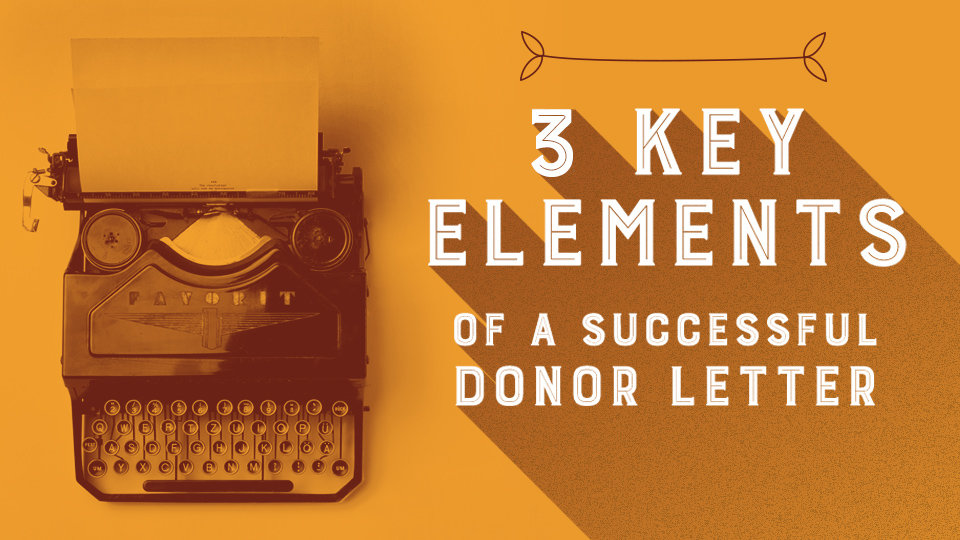3 Elements of a Great Donor Letter
By Angelina Burkholder
A great direct mail letter comes in many forms whether it’s a standard package with a four-page letter or a brief postcard. But no matter the package, what you do with the space you’re given is what matters.
So personalization, variable data and drop dates aside, let’s focus on the few elements that should be in every single direct mail piece whether it’s two sentences long or contains 500 words.
Push Toward Empathy
The single most important goal of every letter or chunk of copy that you write with the intent of soliciting donations should be written with one purpose in mind: to evoke empathy in your reader. It doesn’t matter how small or large the issue/problem is that you are asking donors to help with; if it isn’t presented in a way that evokes empathy, then most readers will zone out before you even make the ask.
Through thoughtful storytelling, you can quickly get reader emotions to a place that motivates action. Do so by making connections between the issue or story and their personal lives. If you’re writing about children, appeal to their parental instincts. If you’re writing about a social issue, appeal to their humanity and their love of freedom and safety. Strong content writing can motivate a reader to action for any kind of issue.
Provide hope
No one wants to hear about children starving or droughts across a nation unless it’s accompanied by a tangible solution. If you’re going to talk about problems—especially sensitive ones—you must make sure you offer hope in the form of a tangible or actionable answer.
Let’s say you want to motivate people to help build wells somewhere in Africa. Present the issue: Every day people die from thirst or from consuming contaminated water. Next, provide hope: But together, we can stop that by building fresh water wells to supply villages with clean drinking water. After you spend time massaging copy and creating a compelling case for clean water, you make the ask.
Minimize the Organization, “Heroize” the Reader
When you make an ask, you must always minimize yourself (and your organization) and highlight the reader. It’s not your organization that is making the difference—it’s the donor. They make everything possible through their faithful and generous giving, so tell them that.
After highlighting the issue, take your organization out of the equation, and show the readers that the only way the issue will be resolved, the only way lives will be saved, is if they contribute to the cause. Their gifts make your work possible and without their help, the impact stops. They are the real heroes of the story.
We all have some degree of a savior complex within us, and when we are shown that we truly can make a difference—that we can make an impact in someone’s life—then we are moved to action. Everyone wants to do something meaningful, so give your readers the chance to do so with every single appeal you make.















